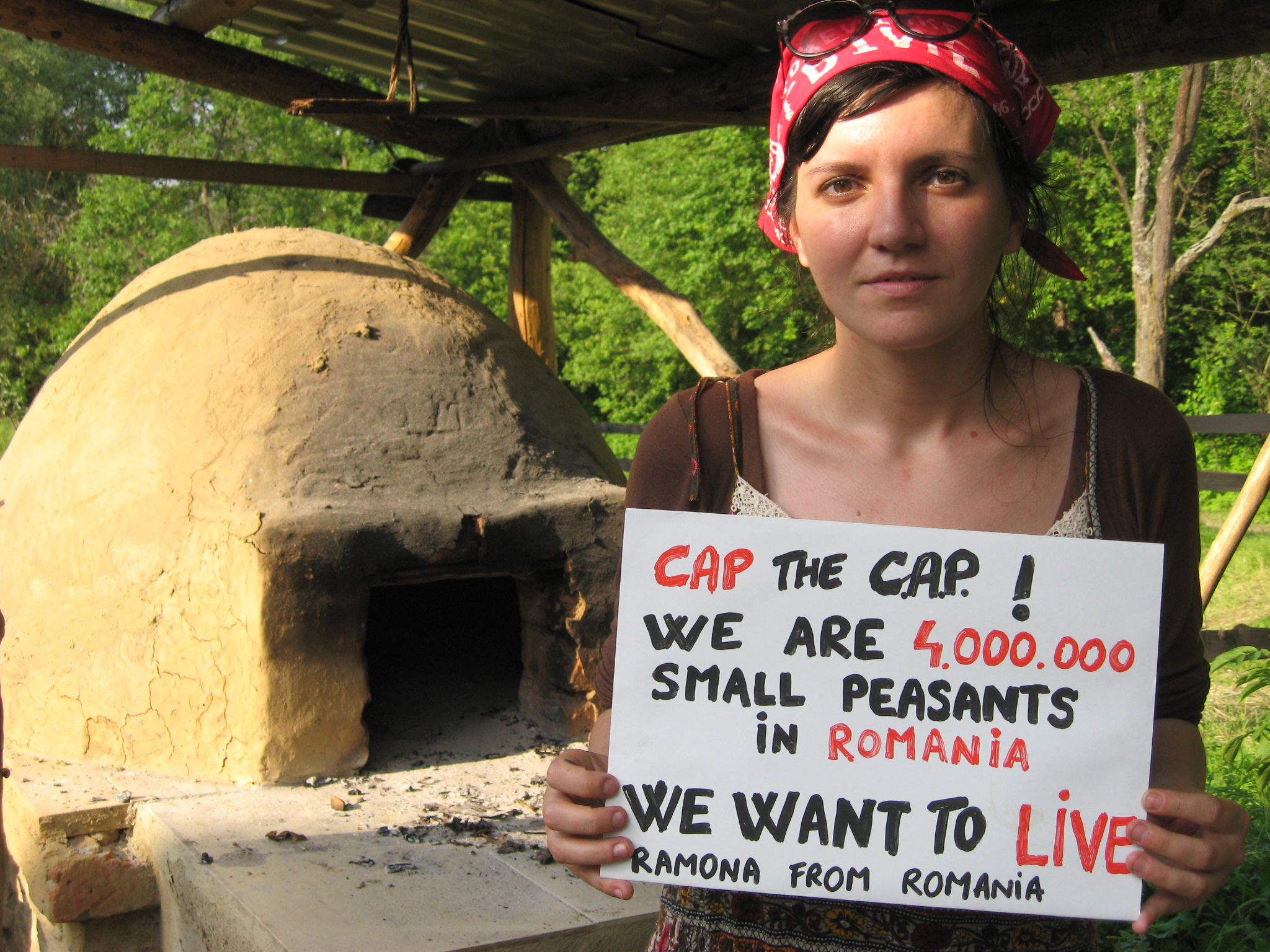
by Ramona Duminicioiu Agrobiodiversity Campaigner at Eco Ruralis
99% of Romania’s farms are run by small peasant households. But unfortunately, the number of small farms with less than 1 hectare is falling, while the number of large, especially very large, farms is growing. Due to the land consolidation policies imposed by the Government, the number of small farms, using less than 1 hectare of farmland, decreased in 2013 compared to 2010 by about 76 000 farms or 3.8%. In this period, every hour – 3 small farms disappeared.
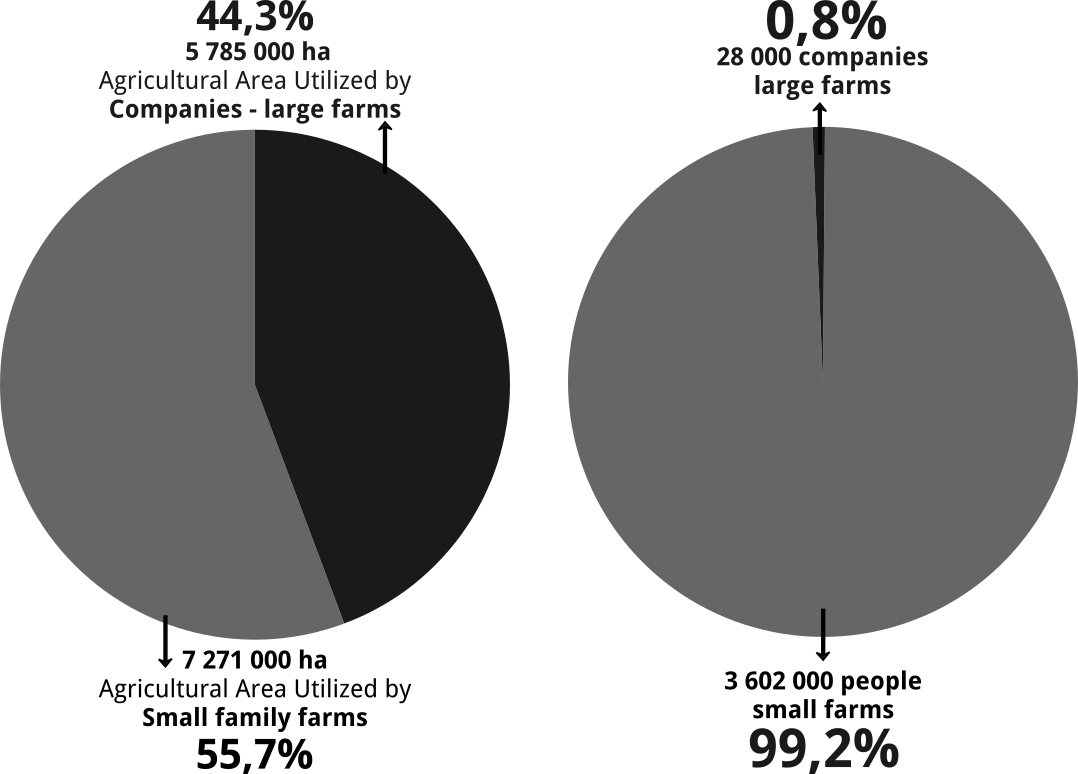
99,2% of small farmers work 55,7% of the land, while 0,8% of large companies work 44,3% of the land. According to the Romanian Institute of Statistics, in 2013, the average area of a peasant farm (owned by people) was 2,02 hectares and represented 55,7% of the country’s agricultural area while farming enterprises owned by companies had an average of 207,49 ha and represented 44,3% of the Romanian agricultural area.
The same source shows that the number of farms in 2013 went down by 6% compared to the data from the General Agricultural Census from 2010, mainly due to the land consolidation process.
A very important division of farms is based on farm ownership: farms owned by people (peasant family farming) and farms owned by companies (industrial farming). In 2013, the number of peasant households (people) was 3 601 776 – 5.9% lower than in 2010. Also, the average surface of large company farms increased from 190,78 ha to 207,49 ha.
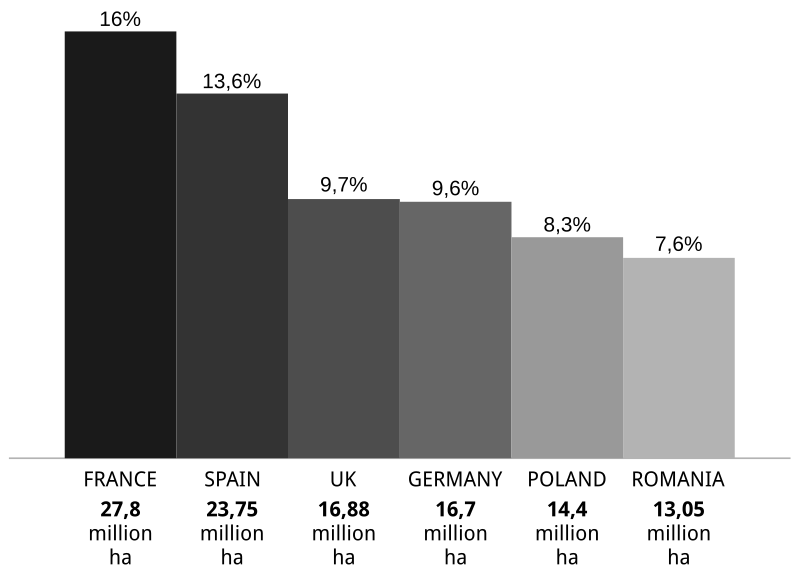
Romania holds 7,6% of the utilized agricultural area (UAA) EU, with 13,05 million hectares, ranking 6th after France with 27,8 million hectares (16%), Spain, with 23,75 million hectares (13,6%), United Kingdom – 16,88 million hectares (9,7%), Germany – 16,7 million hectares (9,6%) and Poland – 14,4 million hectares (8,3%).
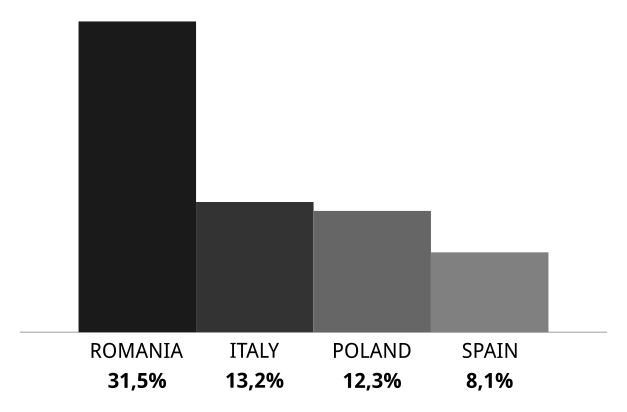
Romania’s vibrant peasant farming builds up the social element in the EU rural context. About one third (31,5%) of the total EU agricultural holdings are registered in Romania, namely 3,63 million, down 6% compared to 2010. Italy holds 13,2% of farms at EU level, Poland has 12,3% and Spain 8,1%.
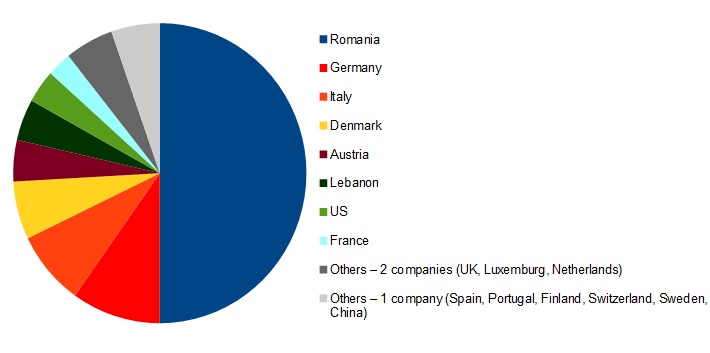
Agricultural holdings statistics 2013.
More: see the Eco Ruralis Interactive map of landgrabbing in Romania
The statistics show an accelerated loss of small farms. The implementation of the new CAP aims at even faster land consolidation. A new Romanian law entered into force in March 2015 – law no. 37/2015 concerning the classification of farms and agricultural holdings – to integrate the framework and implementation of nationally financed and EU funded programs. The narrow concept of the law is exclusively based on the economic size of the agricultural holdings. The explanatory statement of the law claims that the economic size of farms was the only basis that will allow Romanian agriculture to adapt to the Common Agricultural Policy (CAP) in the period 2014-2020 and to create the premises for adopting the best decisions in using EU funds.
Following the economic standardization logic, the new Romanian law introduces a new notion called Economic Size Determination Unit (ESU), which was determined by the EU based on Standard Gross Margin (MBS) and was calculated at 1 200 EUR. These notions are used in structural analysis of agricultural holdings turning crops, animal species and natural resources into numbers. The attempt to frame peasant small scale family farming in strict economic standards will destroy it.
Depending on the economic dimension farms and agricultural holdings are classified and defined by the new law as follows:
-
under 1 999 EUR – subsistence farms that produce entirely for their own use;
-
between 2 000 – 7 999 EUR – semi-subsistence farms that provide for their own consumption and sell a small part of their agricultural production;
-
between 8 000 – 49 999 EUR – small commercial farms that sell more than 50% of their agricultural production;
-
between 50 000 – 999 999 EUR – commercial farms / holdings / medium farms, which sell their entire production;
-
over 1 000 000 EUR – commercial farms / large farms which sell their entire production.
Looking at the reality of the Romanian farming – who is involved, the land division, the number of farms – CAP implementation shows that the conditions for support are set for the rich minority – less than 1% of the farmers, while the peasants – over 99% will be marginalized and pushed to disappear. No social or environmental conditions were even considered for the classification of farms and agricultural holdings. If this new law sets the basis for CAP implementation in Romania, the future of farming, food security and food sovereignty looks very worrying.
More
Eco Ruralis land grab series on ARC2020 (July 2015)


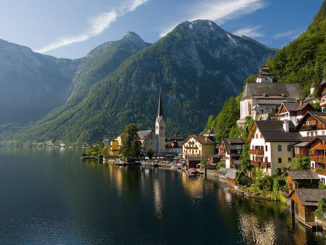
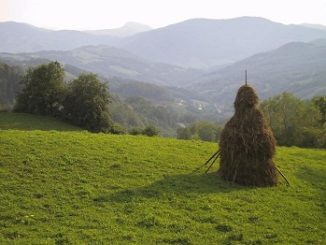
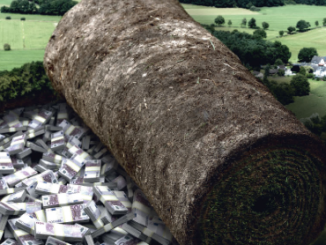
Dear Bertus,
Thanks for your thoughts and link to the lecture. Indeed, Romania seems to follow the same paths of agroindustry, land concentration with far reaching impact on its peasant and agroecological farming society.
Here at Eco Ruralis (www.ecoruralis.ro) we are developing campaigns and programs which address the roots of this problem and hopefully with these kind of collaborations with EU civil society, we could shed light on destructive practices and also propose an alternative agricultural and development model.
To keep yourself updated, I welcome you to read also other articles which myself and my colleagues wrote here on ARC2020.
Keep in touch,
Ramona Duminicioiu,
Agrobiodiversity Campaign Coordinator,
Eco Ruralis
Thank you, Ramona Duminicioiu, for your great article entitled “In Romania 3 family farms disappear every hour”.
It looks as if Romania makes the same mistakes as Europe made by clearing away small farmers.
If you want, you may read about European agricultural policy, small farmers, soil and climate in my lecture entitled ‘Organic farming has the best credentials for an adequate sustainable food supply’.
See: http://www.sustainablefoodsupply.org/en/organic-farming-has-the-best-credentials-for-an-adequate-sustainable-food-supply/